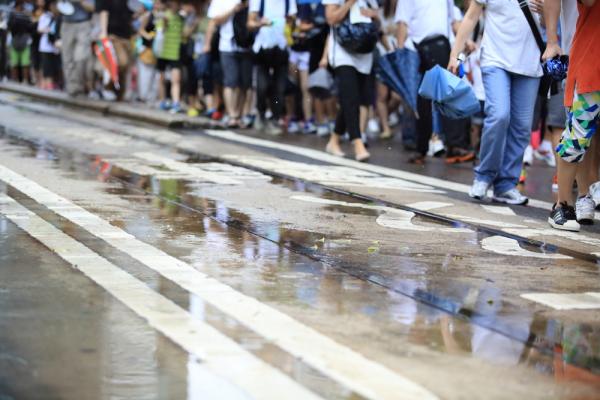Sisters from the Dominican Sisters of the Sick-Poor (also now Dominican Sisters of Hope) sent representatives to marches. They saw systemic injustice firsthand in their ministries as they provided nursing services to residents of Harlem, the South Bronx, and other communities that struggled to afford healthcare.
Years after participating in equal rights and peace marches, Sister Bette Ann Jaster joined LifeWay Network, one of two organizations in the New York Metro area that provides safe housing and education for women survivors of human trafficking, as a representative for Sisters and Catholics in general. Her involvement on the committee has since declined, but Sister Bette Ann is as bothered by the issue as ever. “I keep wondering, ‘What more can we do?’” she said.
Read the Full Article

